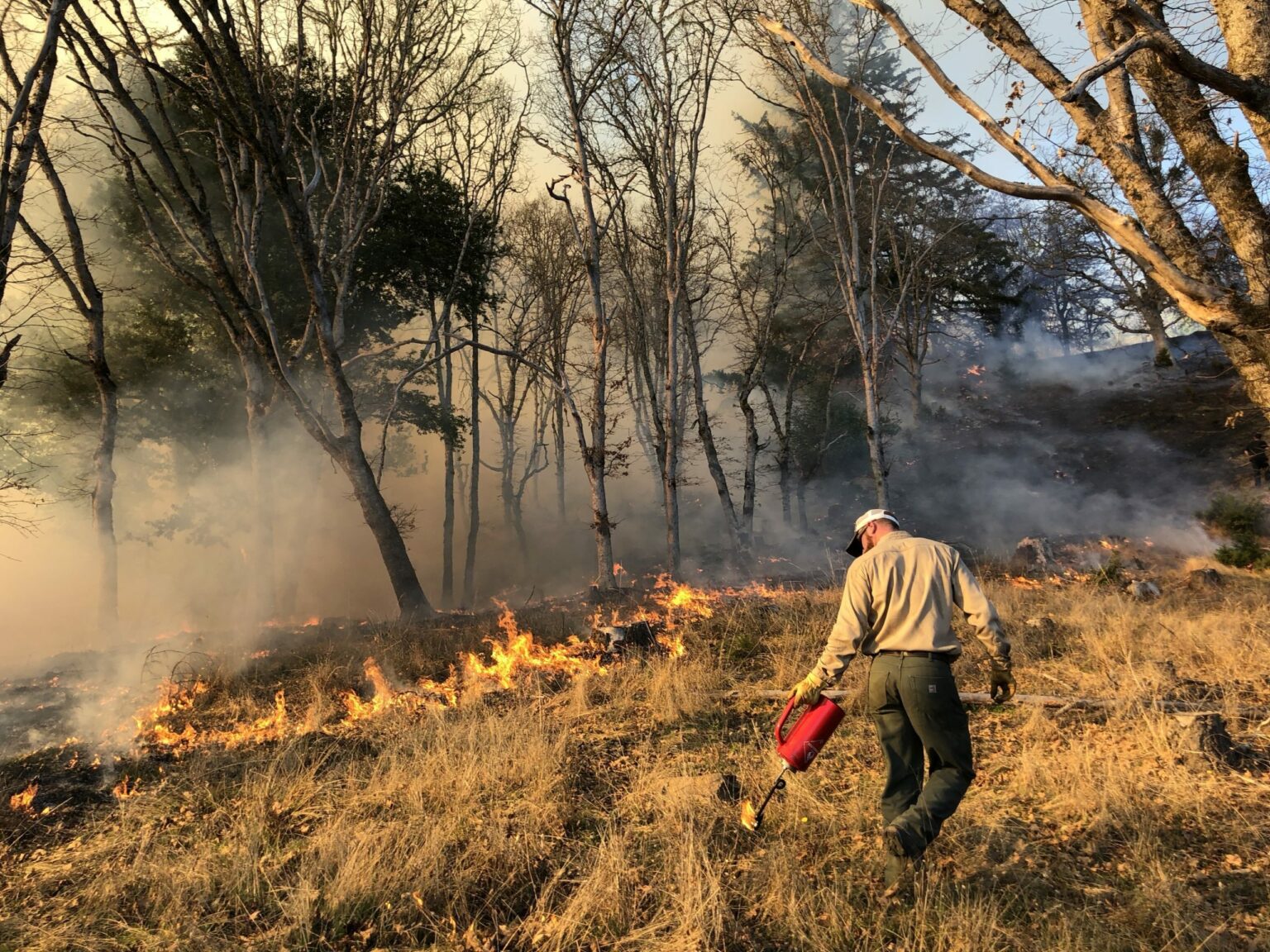Fire Management Board develops new model to manage large wildland fire incidents
- March 30, 2023
- 9:57 am


Iain Hoey
Share this content
The Fire Management Board, National Multi-Agency Coordinating Group and National Wildfire Coordinating Group (NWCG) Executive Board are collaborating on the implementation of a new model to manage large wildland fire incidents.
The model will be based on Complex Incident Management Teams (CIMTs) to assist local land management agencies with response to wildland fires of both Type 2 and Type 1 complexity.
The main objectives of the model include stabilising team numbers, ensuring overall availability of team members, reducing fatigue, and increasing the resiliency of the interagency Incident Management Teams (IMTs) and their members.
This change will impact standards, training, qualifications, and oversight of the personnel and IMTs. The current interagency Type 2 and Type 1 IMTs are in the process of attaining the personnel qualifications and transitioning team typing ahead of full implementation in 2024.
The specific details on the components of this change include:
- The NWCG Standards for Wildland Fire Position Qualifications, PMS 310-1 includes a pathway for current responders to transition, as well as a pathway for those seeking to move up from the Type 3 or Unit Leader qualification levels. Changes effective as of January 2023 are explained in the 2023 Transition Plan PDF.
- The National Mobilization Guide establishes the standards for mobilisation and demobilisation of resources in response to wildland fire and all-hazard events.
- The NWCG Wildland Fire Risk and Complexity Assessment (RCA), PMS 236, revised in 2023, includes Part D: Functional Complexity to assist agencies and IMTs in identifying the personnel and support needs of the incident.
Those interested in further information regarding model implementation can visit the Incident Workforce Development Group webpage.



